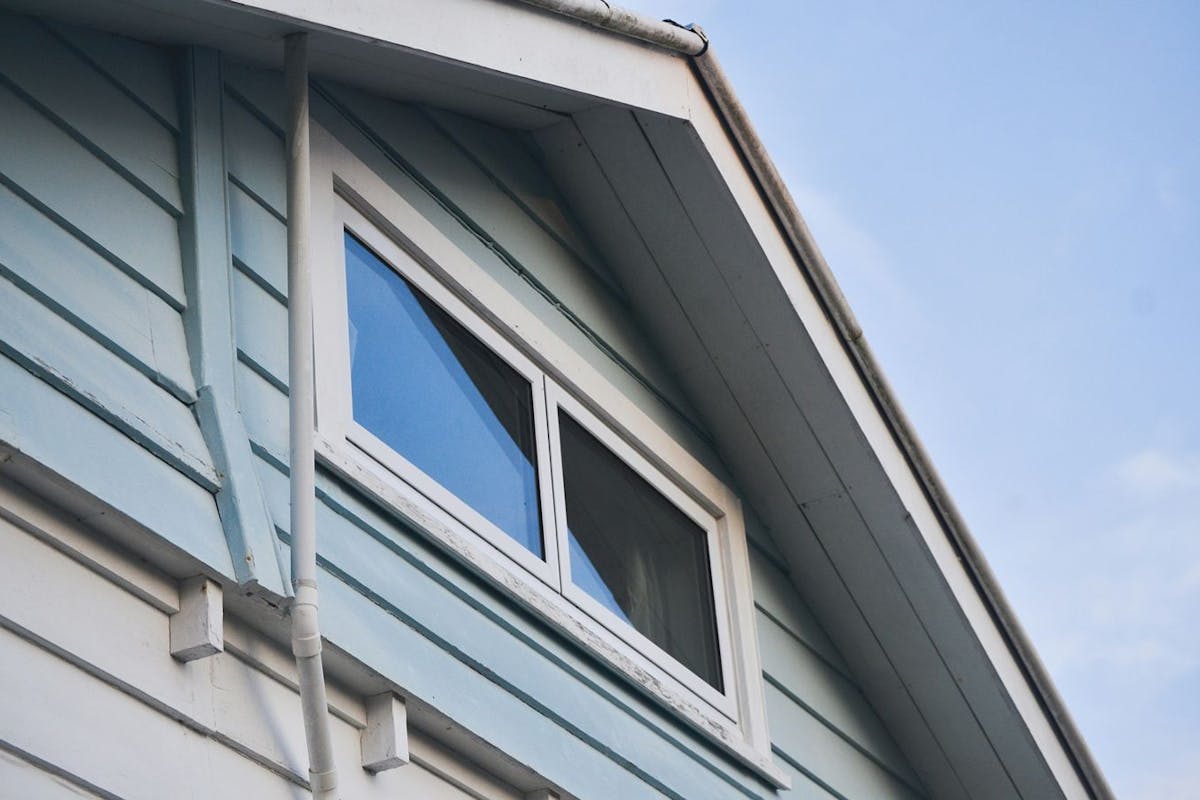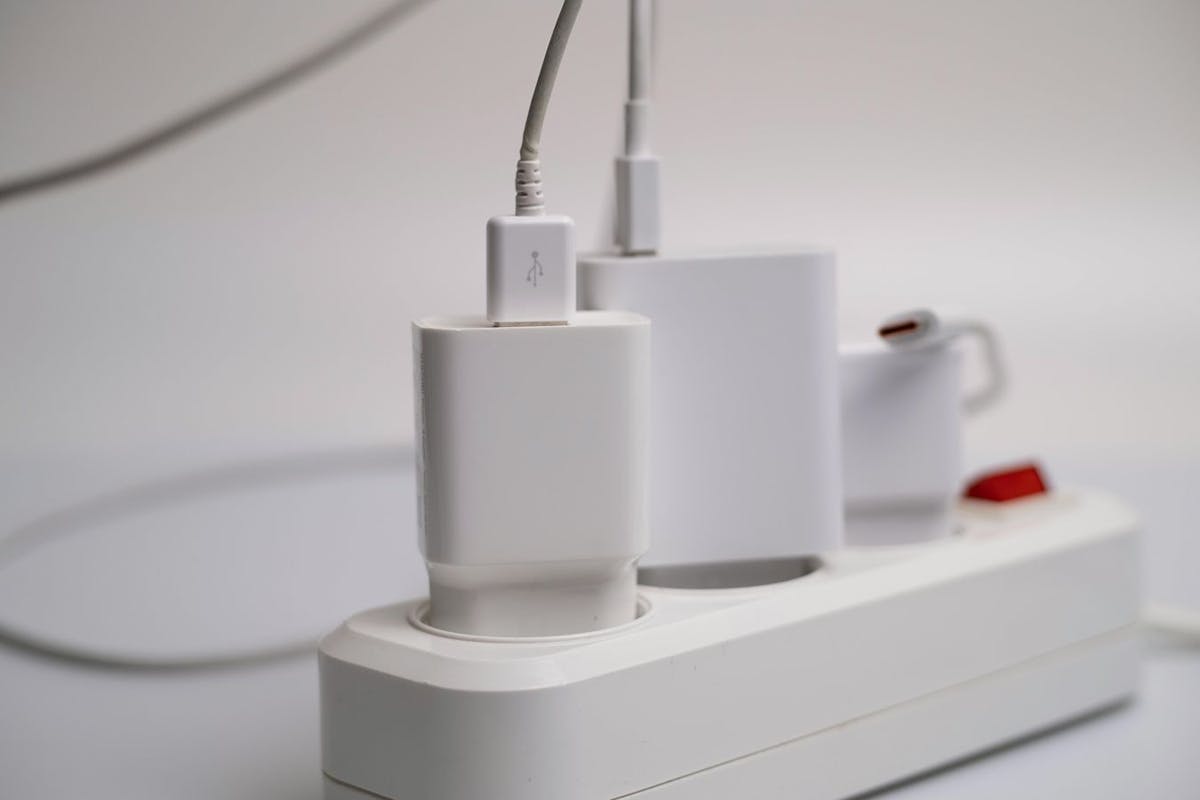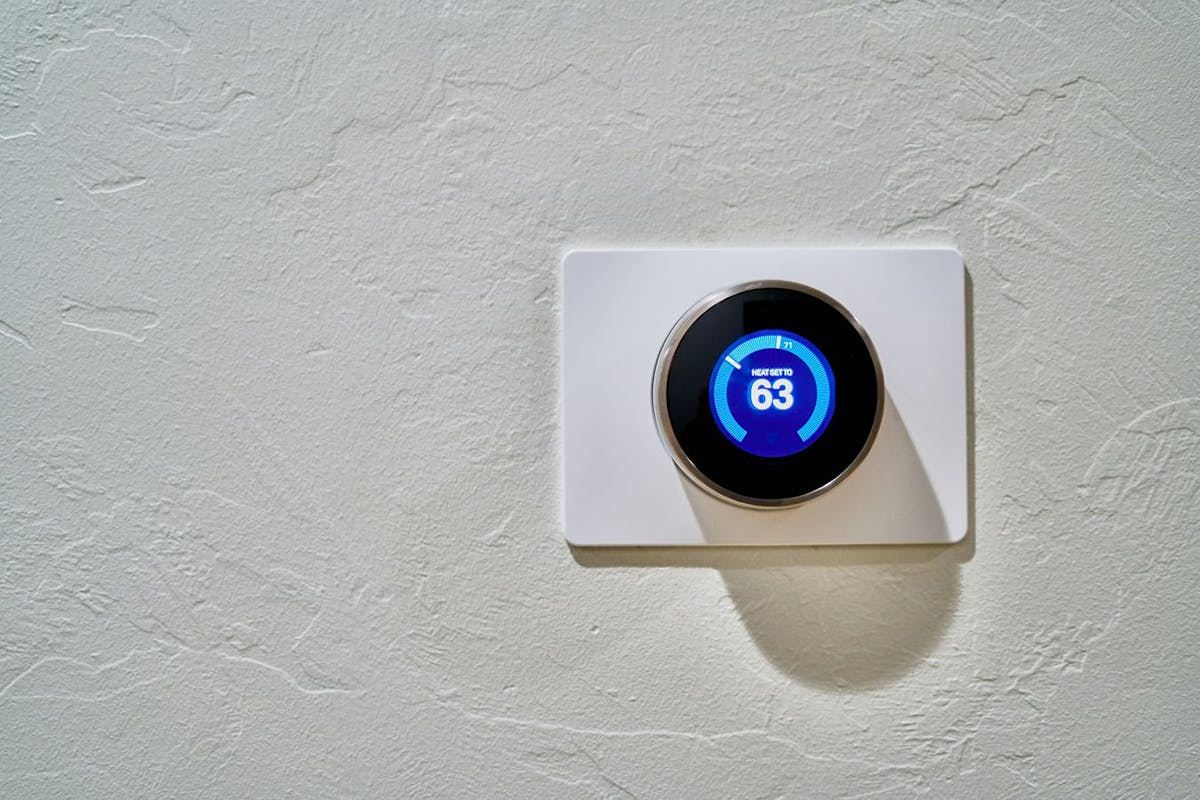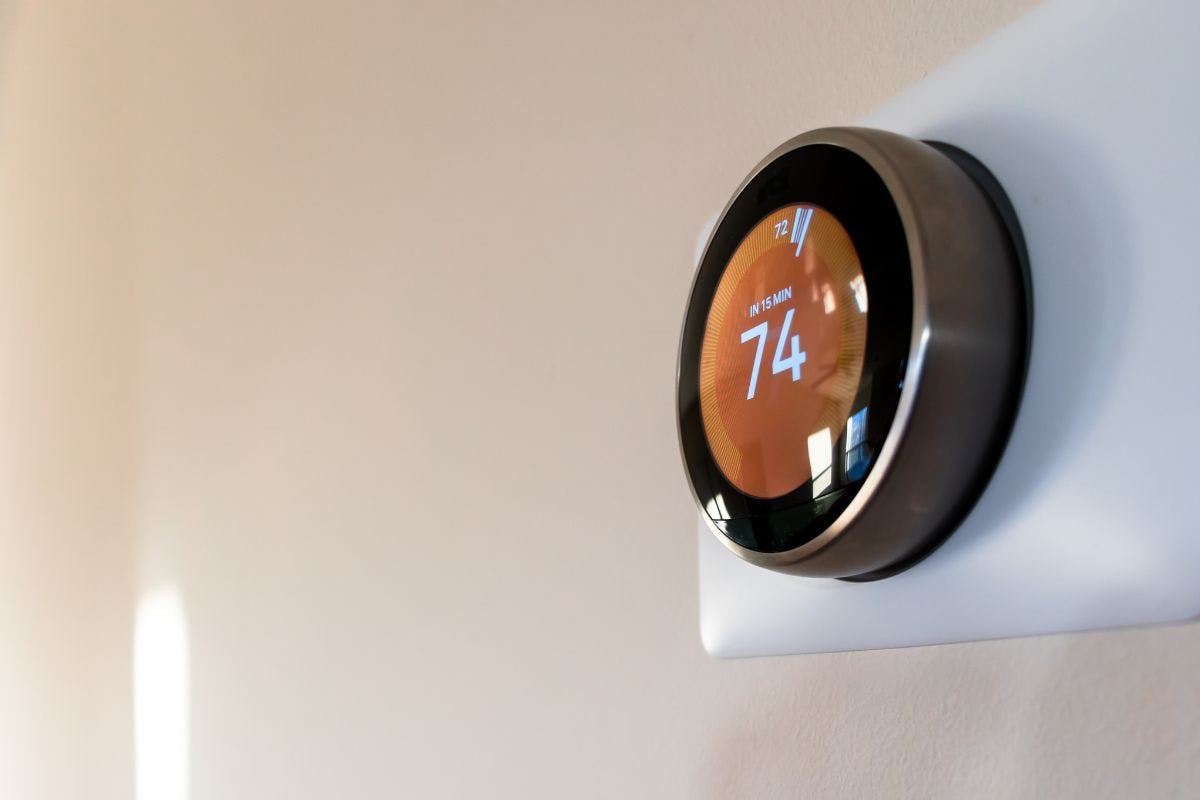Weatherstripping Helps Your Home’s Energy Efficiency and Comfort
Last edited

Author
Andrew Giermak
Solar and Electrification Writer and Editor

Editor
Andrew Blok
Electrification and Solar Writer and Editor

You can stop drafts and start saving with weatherstripping around your doors and windows. If you’ve noticed losing cool air in the summer or drafts of cold air coming in during the winter, better air sealing and weatherstripping around windows and doors could be your answer.
By installing weatherstripping, you create a tighter seal that prevents air leakage. This simple, inexpensive, usually DIY fix delivers immediate comfort by eliminating drafts and ensures your heating and cooling systems aren't working overtime.
See how much you can save with home energy changes
What is weatherstripping?
Weatherstripping is material used to seal gaps around or near doors and windows. You can use weatherstripping on the sides, tops, bottoms, sashes, or small cracks around doors, door frames, and windows. Weatherstripping helps stop drafts, improve energy efficiency, and control temperature, humidity, and moisture.
Types of weatherstripping
There are a surprising number of materials and types of weatherstripping out there. But don't worry about getting confused. What you need for sealing a drafty window is probably different from what you need for a sliding door going out to a deck. Here’s what to look for.
Types of material for weatherstripping
Weatherstripping comes in foam, vinyl, rubber, copper, aluminum, steel, bronze, silicon, wood, felt, and tape. Some types are self-adhesive and easily stuck to window sills or door frames. Others may need installation hardware, such as nails or staples.
Common weatherstripping materials for home uses are:
- Foam or felt: Typically less expensive and more user-friendly to install, although it tends to be less effective and less durable. Foam or felt strips can be reinforced with metal or vinyl to increase their strength and durability. Felt is often used around door openings and windows. Foam or foam tape can be used on window sashes, door frames, door or window stops, and irregular openings or cracks.
- Vinyl: Vinyl is generally durable. It’s usually easy to install but requires a little more hardware than felt or foam and tends to be more expensive. Vinyl comes in self-stick strips or tubes. It can be strictly plastic or composite with metal. Vinyl can be used as door sweeps, at door thresholds, on window sashes, or as tension seals on windows and doors.
- Metal: Weatherstripping can be made from aluminum, copper, bronze, steel, or a combination of metal and vinyl, felt, foam, or silicone. Metal may be more expensive, although, with its expected durability, lifespan, and sealant effectiveness, the effective cost may prove to be lower. Installation can be more difficult or need professional work. Metal can be used in specialized weatherstripping such as interlocking-channel, magnetic, or frost-brake thresholds, door sweeps, or strips.
- Other materials: Weatherstripping is also made of rubber, silicone, mylar plastic, and wood.
Installing weatherstripping
Many weatherstripping installations can be DIY jobs. Here’s how to complete common weatherstripping projects.
General installation tips and guidelines
- Measure twice, cut once. Measuring and cutting carefully will save you extra work or a poorly installed and inefficient job.
- Do the project when it’s not extremely cold or hot. Make sure the surfaces you’re working on are clean and dry.
- Try to cover each side with one continuous strip of weatherstripping.
- Apply the weatherstripping tight.
Tape weatherstripping
Weatherstripping tape looks just like tape, can be made of foam rubber, vinyl, silicone, other plastics, or aluminum, and comes with adhesive on one side. You install it by peeling off the back and sticking the adhesive side over to the area you need to seal. Place it where a door meets its door jamb or any window meets its sill to eliminate drafts.
Cord weatherstripping
Cord weatherstripping, or rope caulk, is a sticky putty made of rubber, silicone, or plastic. It’s usually easy to apply and remove as it’s often used temporarily or seasonally. To install it, press it into holes or gaps around window frames, door frames, window panes, plumbing fixtures, and where baseboards meet floors, inside or out.
See how much you can save with home energy changes
Roll weatherstripping
Roll weatherstripping comes in felt or vinyl strips in rolls. Roll weatherstripping is pliable. It’s typically stapled, tacked, or glued into place and can be used around doors and windows, on door or window stops, or in door jambs.
Foam weatherstripping
Rigid foam strips are reinforced with wood or metal. Foam can be used on door or window stops, door bottoms, and window sashes. Installation typically includes cutting the strips to size, nailing them in place, and painting them.
Tube weatherstripping
Tube weatherstripping is made of silicone, vinyl, or rubber tubes. It can come with a metal strip or flange for attaching to a door and added reinforcement. Tube weatherstripping is designed for door jambs and window stops.
Door sweeps
Door sweeps are made of metal with vinyl, felt, or sponge bottoms and attach to the bottom of the interior side of interior-opening doors to block drafts. Choice of material and proper installation are important to avoid wear and tear on interior flooring or the sweep. There are also retractable or automatic door sweeps.
Tension seals
Tension seals, or v-seal weatherstripping, are v-shaped strips made of vinyl, bronze, copper, steel, or aluminum. After they are adhered or nailed into place with the v’s open end facing the draft, they press on both sides of the opening, blocking the gap.
Sliding window channels
Sliding windows may need fin seals or magnetic seals. A fin seal is placed in a sliding window’s track and has a plastic fin running in the middle of the strip to seal and keep the window on track.
How do I seal my windows with weatherstripping?
- Around windows: You can use weatherstripping made of felt, felt reinforced with metal, or tape weatherstripping. Proper weatherstripping or caulking around windows is a major factor in making windows as energy efficient as possible.
- Bottom or top of windows: Rolled or reinforced vinyl, foam, reinforced foam, or tape can be used to seal window sashes. Some of these products are self-adhesive. Some can be taped or adhered and reinforced with staples. Some, such as reinforced foam on wood or metal strips, should be nailed into place and painted over.
- Window tracks: Tension sealing weatherstripping is used on tracks of sliding or double-hung windows. Tension seals can be adhered or work in a spring-like strip to seal when it’s being pressed.
- Corners, irregular cracks, or openings: Tape or foam is typically best for odd shapes or fits.
How do I seal my doors with weatherstripping?
- Door jambs: Add felt, reinforced felt, reinforced silicone, tape, or rubber or vinyl tubing to a door jamb to make it more flush and less drafty.
- Door bottoms: Foam and rigid vinyl weatherstripping and door sweeps can seal the gap at the bottom of a door.
Benefits of weatherstripping
Weatherstripping is a quick and easy project that can give you a more comfortable home, lower energy usage, and lower energy bills.
Energy efficiency
The right level of weatherstripping means your home will lose less warm air in the winter and less cool air in the summer, so your HVAC system won’t be taxed as much. That means it could use less energy, need fewer filter changes and repairs, and last longer.
Comfort
With better sealing all around your home, your home’s temperature can be more consistent and comfortable year-round. Better seals and fewer drafts also can improve indoor air quality by keeping pollen, dust, and mold stay outside.
Energy bill savings
Weatherstripping, along with the overall insulation of your home, can reduce your energy bills by as much as 10%, according to the US Department of Energy.
If using less energy at home sounds good, see how much you could save and discover more ways to upgrade your home while cutting your energy consumption with the new Palmetto app. You can also start with our easy solar savings tool.
See what home electrification can do for you:
Frequently asked questions
Can weatherstripping save you money?
Properly installed weatherstripping can reduce your energy bills, mainly through more efficient heating and cooling.
What is weatherstripping?
Weatherstripping is a thin strip of material used to seal cracks or small openings around doors and windows. It helps prevent drafts, which can let in hot or cold air, humidity, dust, and other particulates.
Can you install weatherstripping yourself?
Most weatherstripping projects are simple and can be handled by a homeowner. Some more complex jobs — like those involving leveling floors or other construction — may be better handled by a professional.




